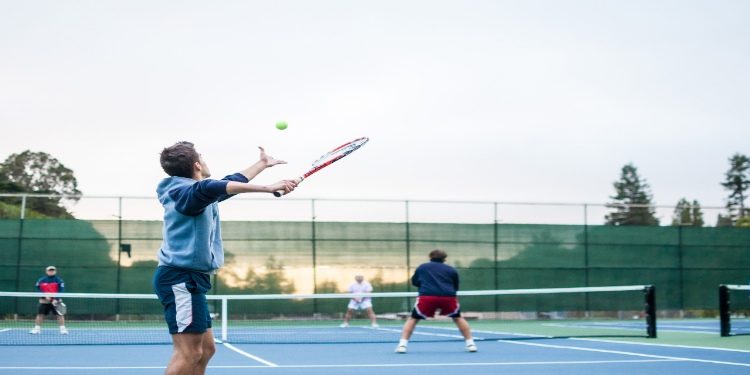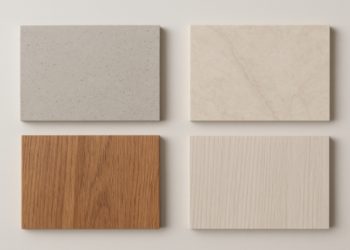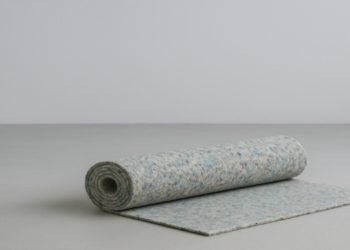Tennis has long held people spellbound with its fast-paced rallies, strategic gameplay and elegant athleticism. To fully experience and take full advantage of its potential, however, a properly designed and constructed tennis court must exist; its installation requires careful consideration to detail as well as a deep understanding of sport-specific requirements. We will examine various aspects of installation including selecting an optimal location through to the construction process ensuring we create the ideal playing surface.
Finding an Appropriate Location for Your Tennis Court
Locating the ideal site for your tennis court installation is key. Your chosen space must accommodate its dimensions (78 feet long by 36 wide for singles matches), plus space needed for fencing, walkways and spectator seating as desired. Other key criteria should also be taken into account such as accessibility, topography, sunlight exposure and nearby trees to provide optimal playing conditions for optimal gameplay.
Court Layout and Design
Once designed, designing the court layout requires marking its dimensions accurately: baselines, sidelines, service lines and center service lines are marked appropriately to ensure fair play and adherence to tennis regulations. A court may be constructed out of various materials including asphalt, concrete or synthetic surfaces like acrylic or rubber surfacings.
Site Prep: Once the location and layout have been decided upon, site preparation begins. This involves clearing away any obstacles such as rocks, roots or vegetation from the area before levelling it to ensure an even playing surface for ball bounce and player movement. Proper drainage must also be considered so as to reduce accumulation on the court surface.
Base Construction
Establishing a secure foundation is integral for maintaining long-term tennis court stability and longevity. Common construction materials used as bases include compacted gravel or crushed stone layers which offer sufficient drainage capabilities as well as protection from cracking or uneven settlement.
Installation
Surface material selection plays an integral part in enhancing performance and maintenance for any tennis court. While traditional hard court surfaces such as asphalt or concrete offer durability and consistent ball bounce, resurfacing them periodically due to cracks may become necessary over time. Synthetic surfaces like acrylic or rubber offer better shock absorption capabilities as well as low maintenance needs than hard court alternatives.
Net Posts, Nets and Fencing
Installing net posts and an authentic tennis net is essential in creating the ideal playing conditions for tennis players. Net posts should be properly secured at the center of your court for optimal tensioning on your net; additionally fencing around it must contain balls within its boundaries while offering privacy and safety to its occupants.
Finishing Touches
As part of the final steps for building a tennis court, finishing touches must be applied in the form of paint to enhance the visibility and durability of its lines and surface areas. Colour selection may depend upon personal taste or guidelines set by tennis organizations governing bodies.
Maintenance and Longevity
Regular tennis court maintenance is key to its lifespan and optimal playing conditions, including: sweeping/blowing off debris; washing surface to remove dirt/stains/patching any cracks; inspecting net and fencing for damages/patching any holes/tears as well as patching any cracks; patching cracks where required and inspecting net for tears. In some instances, resurfacing will become necessary every few years depending on the type of surface material being utilized.
Construction of a tennis court can be an intricate and time-consuming task that demands thoughtful planning, meticulous detail, and strict compliance with guidelines set by tennis governing bodies. From choosing an ideal location and designing the layout accurately through to site prep and using high-quality materials for the construction of playing surfaces that ensure long-lasting enjoyment by players as they compete – regular maintenance will extend its longevity while giving participants an enjoyable playing experience! So whether it be your hobby or club’s commitment, investing in well-constructed courts is one step towards furthering tennis enjoyment by both parties involved and creating a passion within players and club owners for what comes ahead in tennis development.
David Prior
David Prior is the editor of Today News, responsible for the overall editorial strategy. He is an NCTJ-qualified journalist with over 20 years’ experience, and is also editor of the award-winning hyperlocal news title Altrincham Today. His LinkedIn profile is here.












































































